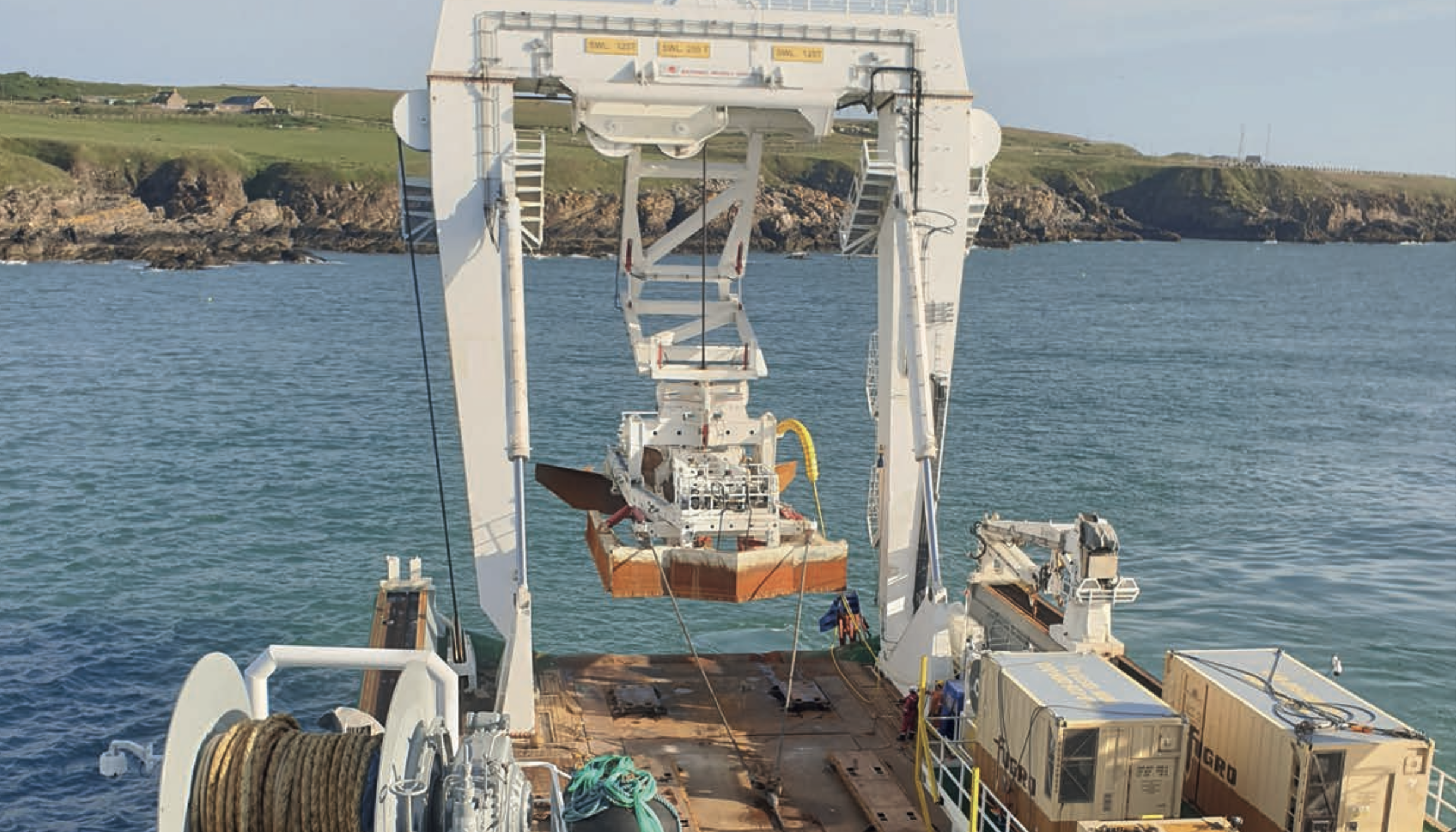With a focus on a greener, cleaner future, governments, environmental charities, energy industry bodies and major energy companies are imposing ambition carbon reduction targets. This has increased the impetus on innovation within the offshore wind industry, and with it, an onus on a reliable and cost-effective supply chain.
The International Renewable Energy Agency has reported that a green energy transition will only be possible with a significant scaling up of offshore wind capacity. For offshore wind, the global cumulative installed capacity would need to increase almost ten-fold by 2030, to 228 GW, and substantially towards 2050, with total offshore installation nearing 1000 GW by 2050.
In order to achieve this, the next phase of the energy transition will require continued implementation of new technologies, such as floating offshore wind, which is offering new possibilities for wind farm locations. According to DNV GL, the technology is predicted to grow globally, rising from approximately 130MW today to more than 10GW in 2030 and 250GW by 2050.
With more than 80% of the world’s best wind resources located in vast areas of deep, open water, floating turbines and technology will prove to be critical in unlocking the most potential from renewable power offshore.
Floating technology enables developers to construct further from shore, unlocking areas previously unsuitable for offshore renewables construction, but like any innovative solution, it also comes with challenges, including those also seen at fixed-bottom sites.
One of the greatest challenges for floating offshore wind is ensuring a cost-effective construction campaign.
Following initial successful small-scale floating offshore wind sites, including demonstration projects and prototypes, floating offshore wind is now recognised as a commercially viable option. The Levelised Cost of Energy (LCOE) is predicted to drop to a global average of €40 per MWh by 2050 if the technology overcomes its main challenges: confidence and costs.



























